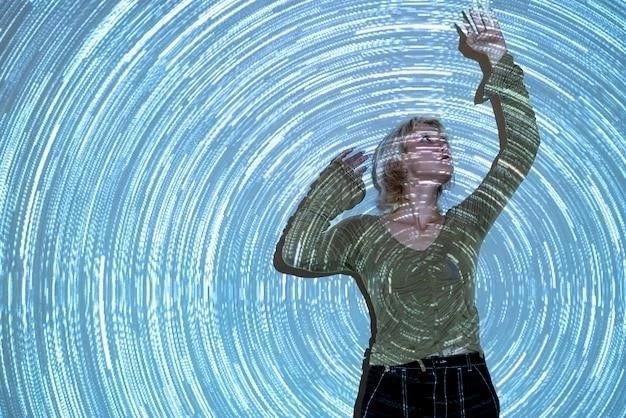The Science of Attraction: What Makes Us Fall for Someone?
Attraction, that potent cocktail of emotions and desires, has fueled countless sonnets, songs, and stories throughout human history. But what is it about certain individuals that makes our hearts flutter and our minds race? The answer, it turns out, lies not in some mystical force, but rather in a fascinating interplay of psychological, biological, and social factors.

1. The Biology of Attraction: It Starts with a Spark
Our brains are wired to seek out connection, and this primal urge is driven by a complex dance of neurochemicals. When we encounter someone we find attractive, a cascade of hormones floods our system:
- Dopamine, often dubbed the “feel-good” hormone, is released, generating feelings of pleasure and reward, much like a gambler experiences after a win.
- Norepinephrine, similar to adrenaline, kicks in, increasing our heart rate, making us alert, and even causing sweaty palms—all telltale signs of attraction.
- Serotonin levels dip, leading to obsessive thoughts about the object of our affection. This is why we often find ourselves thinking about that special someone constantly in the early stages of attraction.
These hormonal fluctuations create a potent cocktail that fuels our desire to connect and bond with the person who triggered this physiological response.
2. Beyond the Physical: Unveiling the Layers of Attraction
While physical appearance undeniably plays a role in initial attraction, it’s only one piece of the puzzle. Our brains are wired to seek out partners who are not only aesthetically pleasing but also possess qualities that signal good genes, compatibility, and the potential for a successful relationship. Here are some key factors that contribute to attraction:
2.1. Proximity: Familiarity Breeds Fondness
The more frequently we encounter someone, the more likely we are to develop feelings for them. This “proximity effect” is rooted in the mere-exposure effect, a psychological phenomenon where repeated exposure to a stimulus increases our liking for it. Think about it: you’re more likely to befriend or fall for someone you see regularly at work, school, or in your neighborhood.
2.2. Similarity: Birds of a Feather Do Flock Together
We are naturally drawn to those who share our values, beliefs, interests, and backgrounds. This similarity-attraction effect stems from the comfort and validation we experience when our own views and perspectives are reflected back at us. It reduces conflict and fosters a sense of understanding and shared reality.
2.3. Reciprocity: The Power of Being Liked Back
Knowing that someone is attracted to us can significantly amplify our own feelings for them. This principle of reciprocity is deeply ingrained in our social fabric; we are more likely to invest in relationships where our affections are reciprocated. It’s a self-esteem boost to know that our feelings are valued and returned.
2.4. Personality and Social Cues: The Intangible Allure
Beyond physical attributes and shared interests, certain personality traits and social cues have a powerful influence on attraction:
- Kindness and Empathy: People who demonstrate genuine care and concern for others are universally considered more attractive.
- Humor: A good sense of humor signals intelligence, social intelligence, and the ability to diffuse tension, making someone more approachable and desirable.
- Confidence: Self-assuredness, without arrogance, can be incredibly alluring. It suggests self-awareness, ambition, and a positive self-image.
- Intelligence: Engaging in stimulating conversations and demonstrating intellectual curiosity can be highly attractive, fostering a deeper connection beyond the superficial.

3. The Evolutionary Perspective: Seeking a Suitable Mate
From an evolutionary standpoint, attraction is not merely about pleasure; it’s about survival and passing on our genes. We are subconsciously drawn to individuals who display traits that would have been advantageous for our ancestors in securing resources, providing protection, and raising healthy offspring.
- Physical Symmetry: Often seen as a marker of good genes and health, symmetry suggests resilience against environmental stressors during development.
- Facial Features: Certain facial features, such as a strong jawline in men and large eyes in women, are associated with higher levels of testosterone and estrogen, respectively, signaling reproductive fitness.
- Body Language: Confident posture, a firm handshake, and direct eye contact convey dominance and social status, traits that would have been attractive to potential mates throughout history.
4. The Cultural Lens: Shaping Our Perceptions of Beauty
While many aspects of attraction are rooted in biology and evolution, cultural norms and societal values play a significant role in shaping our preferences. What is considered attractive in one culture may not hold true in another, highlighting the subjective nature of beauty.
- Body Size and Shape: Ideal body types vary drastically across cultures and time periods, reflecting shifting societal standards and beauty ideals.
- Fashion and Grooming: The way we dress, style our hair, and adorn ourselves sends powerful signals about our social status, group affiliation, and personal style, influencing how others perceive us.
- Media Influence: Movies, television shows, and social media platforms often portray unrealistic beauty standards, which can impact our own self-perception and influence who we find attractive.

5. The Mystery Remains: Embracing the Complexity of Attraction
Despite decades of research, attraction continues to be a complex and nuanced phenomenon. While we can pinpoint certain biological and psychological factors that contribute to our preferences, there’s an undeniable element of mystery and serendipity at play. Sometimes, we are drawn to individuals who defy all logic and explanation, reminding us that the human heart often follows its own enigmatic compass.
Ultimately, attraction is a dance between the conscious and subconscious, the biological and the social, the familiar and the novel. It is a testament to the intricate tapestry of human experience, where logic and emotion intertwine to create the unique alchemy of connection.










